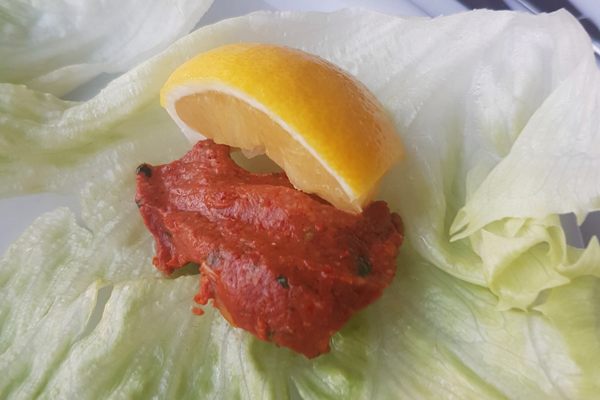Drinkers enjoy their piping cups of Turkish coffee unfiltered, with perceivable grit suspended throughout the liquid. Although fans know to gently agitate the beverage before every sip, ensuring an even mix of flavor, first-timers often down the cup without stirring, thinking the coffee is weaker than it actually is. Then, they discover the “mud”—a thick layer of grounds—awaiting them at the bottom.
Any coffee can be Turkish coffee, even if it hails from Indonesia or Ethiopia. The term refers to the way the brew is prepared, which starts with finely ground, almost powder-like beans. Turks then add these to cold water in a brass pot called a cezve and carefully heat the mixture until the liquid rises and froths up. (Those who speed up the process by starting with warm water compromise the taste of the finished product. Locals call this shortcut the “dishwater” version.) Baristas say that the appearance of an almost creamy foam on top is a sign of proper brewing technique. The thicker, the better: You know you’ve made a good cup of coffee, Turks joke, when you can float a horseshoe on it.
Though surrounding countries prepare coffee in a similar fashion, many object to giving Turkey credit. The long history of Ottoman and Turkish wars and invasions spawned a renaming of the beverage in places such as Greece (where the drink goes by “Greek coffee”). No matter where the beans come from or where they’re brewed, thick, dark residual grounds peppering anyone’s smile will always look the same.
Written By
I Ipek HSources
- www.npr.org/sections/thesalt/2013/04/27/179270924/dont-call-it-turkish-coffee-unless-of-course-it-is
- resources.urnex.com/blog/making-turkish-coffee-with-a-turkish-barista-champion
- www.bbc.com/travel/story/20140707-the-complicated-culture-of-bosnian-coffee
- www.ricksteves.com/watch-read-listen/read/articles/getting-your-buzz-with-turkish-coffee
- stepfeed.com/9-things-you-should-know-about-turkish-coffee-7151
- books.google.com/books?id=H2G2qqy8H6cC&pg=PA98&dq=turkish+coffee&hl=en&sa=X&ved=0ahUKEwiBzsfHtaHbAhUPwlkKHQ1jBhsQ6AEIUzAJ#v=onepage&q=turkish%20coffee&f=false













